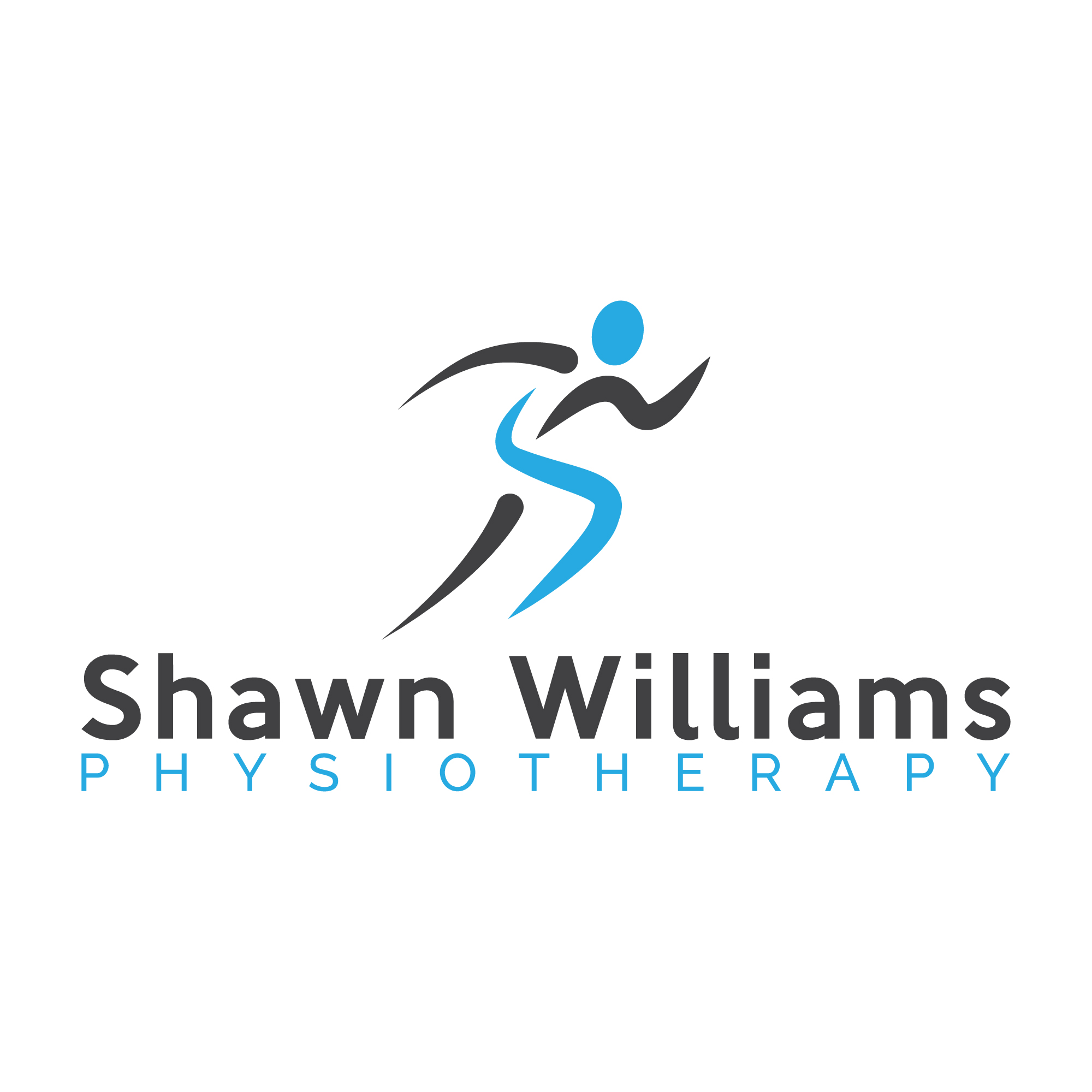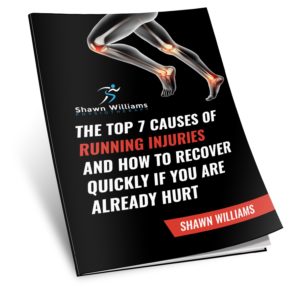If you are asking yourself why my upper arm hurts when I raise it you are probably suffering from shoulder pain. This type of shoulder pain could be a condition known as Shoulder Impingement Syndrome (IS), also commonly called Subacromial Impingement Syndrome (SIS).
This is one of the most common types of shoulder pain and is caused by a compression of one or more of the soft tissue structures that lie around the front of the shoulder joint. Structures that may become compressed with impingement syndrome include the tendons of the rotator cuff muscles, the long head of biceps brachii tendon, and the subacromial bursa.
There are various reasons the space at the front of the shoulder joint can become narrowed causing compression and impingement of these tissues resulting in shoulder pain. These
reasons include prolonged postural abnormalities, ligament calcification, spurformation, and arthritic changes. Postural change is one of the most common causes of this shoulder pain.
How do I know if my upper arm hurts when I raise it is caused by shoulder impingement syndrome?
Shoulder impingement is one of the most common conditions we treat.The shoulder joint is prone to many different injuries; therefore, it may be difficult at distinguishing your shoulder pain as impingement syndrome. If you live in Toronto we would be able to determine the cause of your shoulder pain, and get you back to the activities you love doing as quickly as possible.
There are some indications that your shoulder pain may be due to impingement syndrome. With shoulder impingement syndrome patients usually complain that my arm hurts when I raise it or lift out to the side or behind the back. Impingement syndrome shoulder pain usually comes on slowly over time, and is felt in the front of the shoulder joint, possibly going part way down the upper arm. The shoulder pain will likely be worse with overhead movements, reaching backwards or when you are lying on that side. The shoulder pain is commonly described as “sharp” with a “catching” sensation when lifting the arm. You may even feel or hear a grinding noise or sensation with shoulder movements.
My Upper Arm Hurts when I raise it! So what can I do at home for this shoulder pain caused by shoulder impingement syndrome
Given the many reasons the structures at the front of the shoulder joint can become compressed, plus all the different structures that may or may not be involved, the treatment for shoulder pain caused by impingement syndrome can vary greatly. However, here are some simple exercises you can do at home for your shoulder pain if you expect
impingement syndrome.
Active Assisted Range of Motion: While lying on your back, holding a broomstick or cane with both hands, slowly raise the stick overhead. Use your unaffected arm to help guide the movement, going until you feel shoulder pain.
Posterior Capsule Stretch: Lay on your back. Raise your affected arm and bend the shoulderand elbow to 90 degrees. Use your opposite hand to gently pull the elbow toward
midline, ensuring your shoulder blade remains on the floor. You should feel a
stretch in the back of your shoulder joint.
If you live in Toronto and are suffering from shoulder pain call or text Shawn Williams Physiotherapy at 416 660-4187 and find out how we can help. You can book a free phone consultation to discuss what could be causing your shoulder pain so that you can quickly get back to the active life you deserve.
The first thing we would do for a patient that reports” my upper arm hurts when I raise it” is determine if your shoulder pain is, in fact, caused by impingement syndrome. Offering an assessment by an expert physiotherapist we can confirm a diagnosis your shoulder pain, and create a personalized treatment plan tailored to your exact symptoms. Our treatment approach will include stretches and strengthening exercises to help restore full, pain-free shoulder movement. Additionally, your physiotherapist will use highly effective manual therapy techniques to assist with a speedy recovery and return to your usual active lifestyle.




